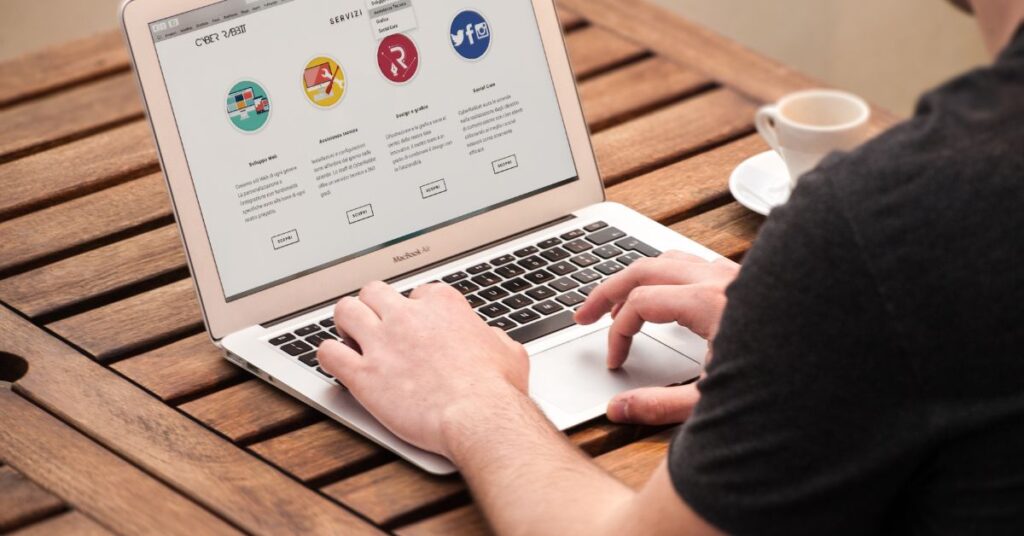Essential Web Accessibility Tools

In the digital age, ensuring that your website is accessible to all users is not just a good practice; it’s a legal requirement in many jurisdictions. To achieve this inclusivity, web accessibility tools are indispensable. These tools help website owners identify and rectify accessibility barriers, making the online world more welcoming to individuals with disabilities. In this article, we’ll explore the significance of web accessibility tools and introduce you to some essential options to enhance your website’s accessibility.
Why Web Accessibility Tools Matter:
-
Identifying Barriers:
- Web accessibility tools help pinpoint accessibility issues on your website, from missing alt text to keyboard navigation problems.
- They provide a roadmap for addressing these issues and ensuring compliance with accessibility standards.
-
Enhancing User Experience:
- By identifying and resolving accessibility barriers, these tools improve the user experience for individuals with disabilities.
- Users can navigate, interact with, and understand your content more effectively.
-
Avoiding Legal Issues:
- Many countries and regions have enacted accessibility laws. Using web accessibility tools helps you comply with these regulations, reducing the risk of legal consequences.
-
Building a Diverse Audience:
- Ensuring your website is accessible expands your potential audience to include people with disabilities, promoting diversity and inclusivity.
Essential Web Accessibility Tools:
-
WAVE (Web Accessibility Evaluation Tool):
- WAVE is a free browser extension that evaluates web content for accessibility issues.
- It provides detailed reports highlighting errors, alerts, and features that pass accessibility standards.
-
axe DevTools:
- axe DevTools is an extension for Chrome and Firefox that integrates seamlessly with your development workflow.
- It offers real-time feedback on accessibility issues, enabling developers to fix problems as they arise.
-
JAWS (Job Access With Speech):
- JAWS is a screen reader used by individuals with visual impairments.
- It’s an essential tool for testing how your website sounds to users who rely on screen readers.
-
Color Contrast Analyzers:
- Tools like the WebAIM Contrast Checker help you ensure that text and background colors meet accessibility standards.
- They ensure that text remains readable for users with low vision.
-
Axe by Deque Systems:
- Axe provides a suite of web accessibility testing tools for developers.
- It’s designed to be integrated into various development environments and workflows.
-
Pa11y:
- Pa11y is an open-source tool that automates web accessibility testing.
- It’s particularly useful for large websites or those with frequent content updates.
Conclusion:
Web accessibility tools are your companions in the journey to create an inclusive digital space. Whether you’re a web developer, designer, or website owner, integrating these tools into your workflow is essential for ensuring that your online content is accessible to everyone.
For more information on web accessibility and the latest tools to enhance inclusivity, visit webaccessibility.today. Make your website a beacon of accessibility in the digital world.





